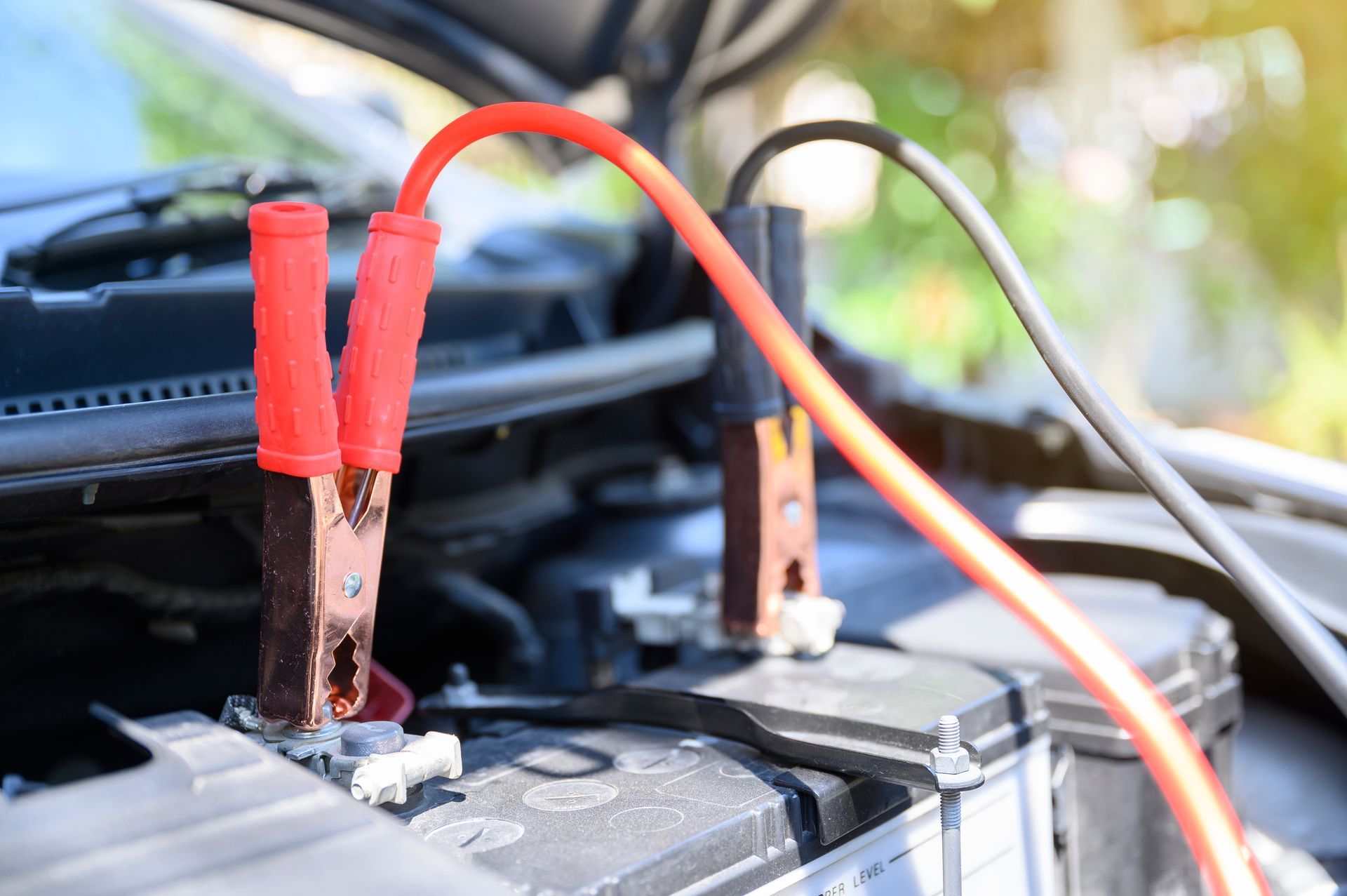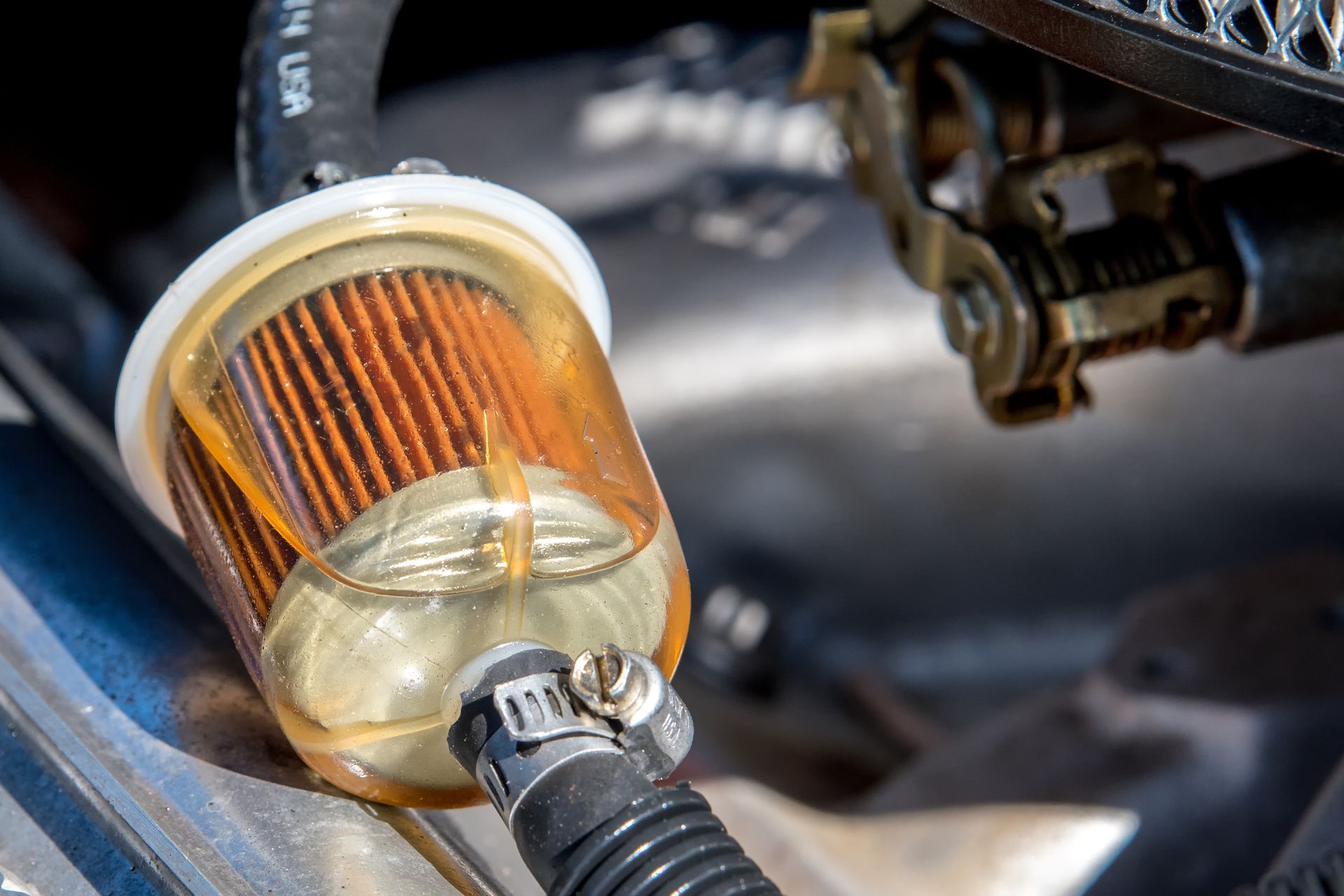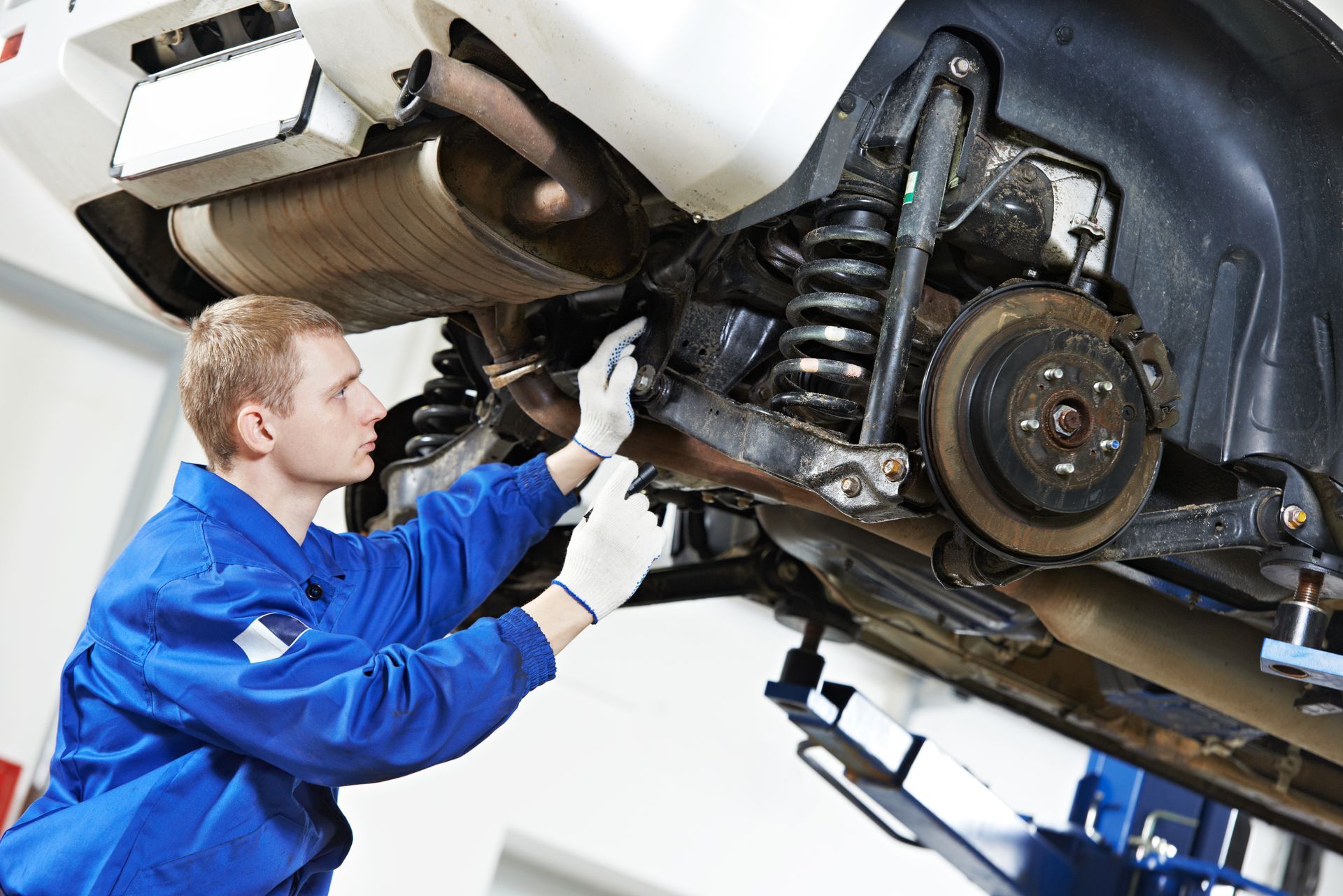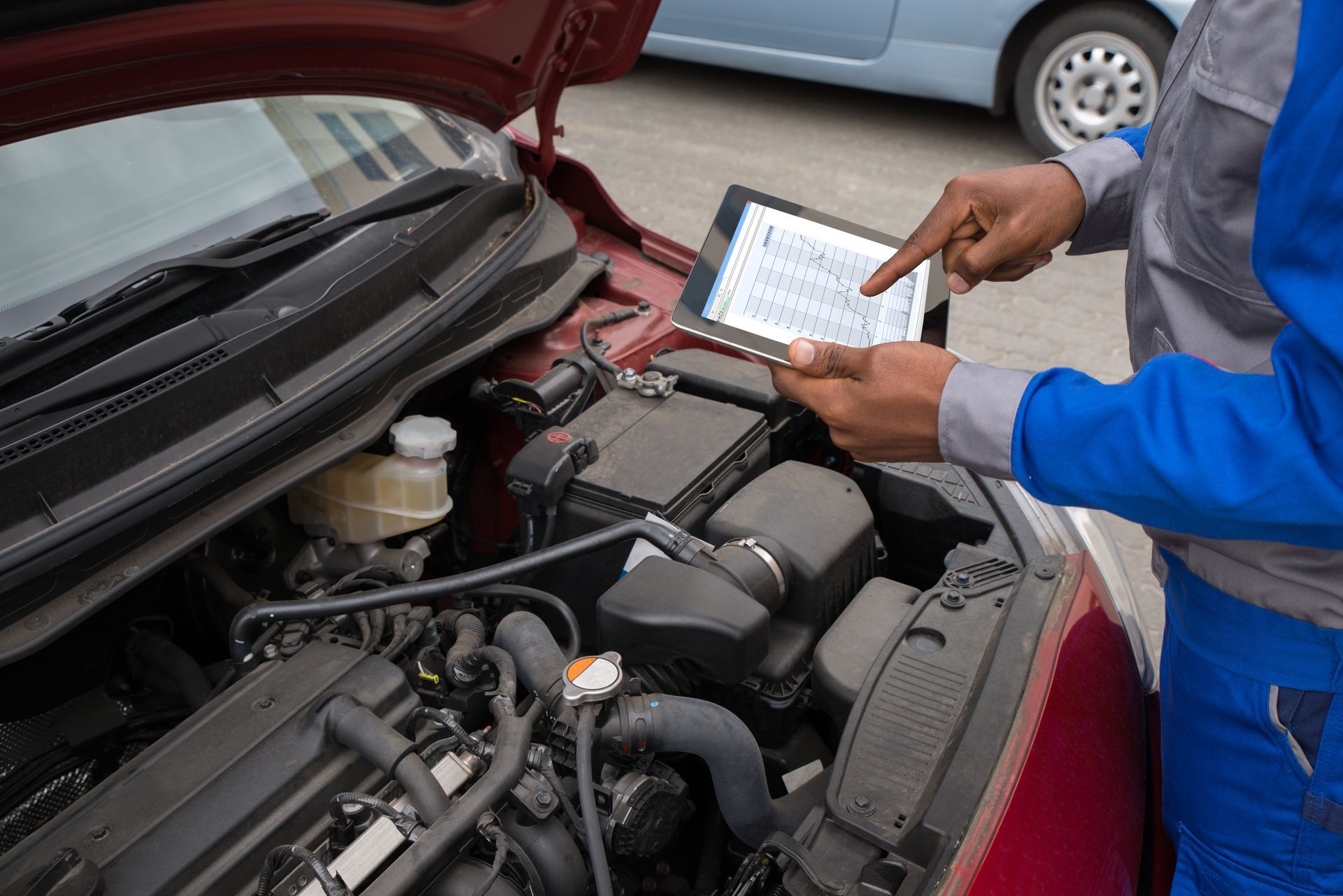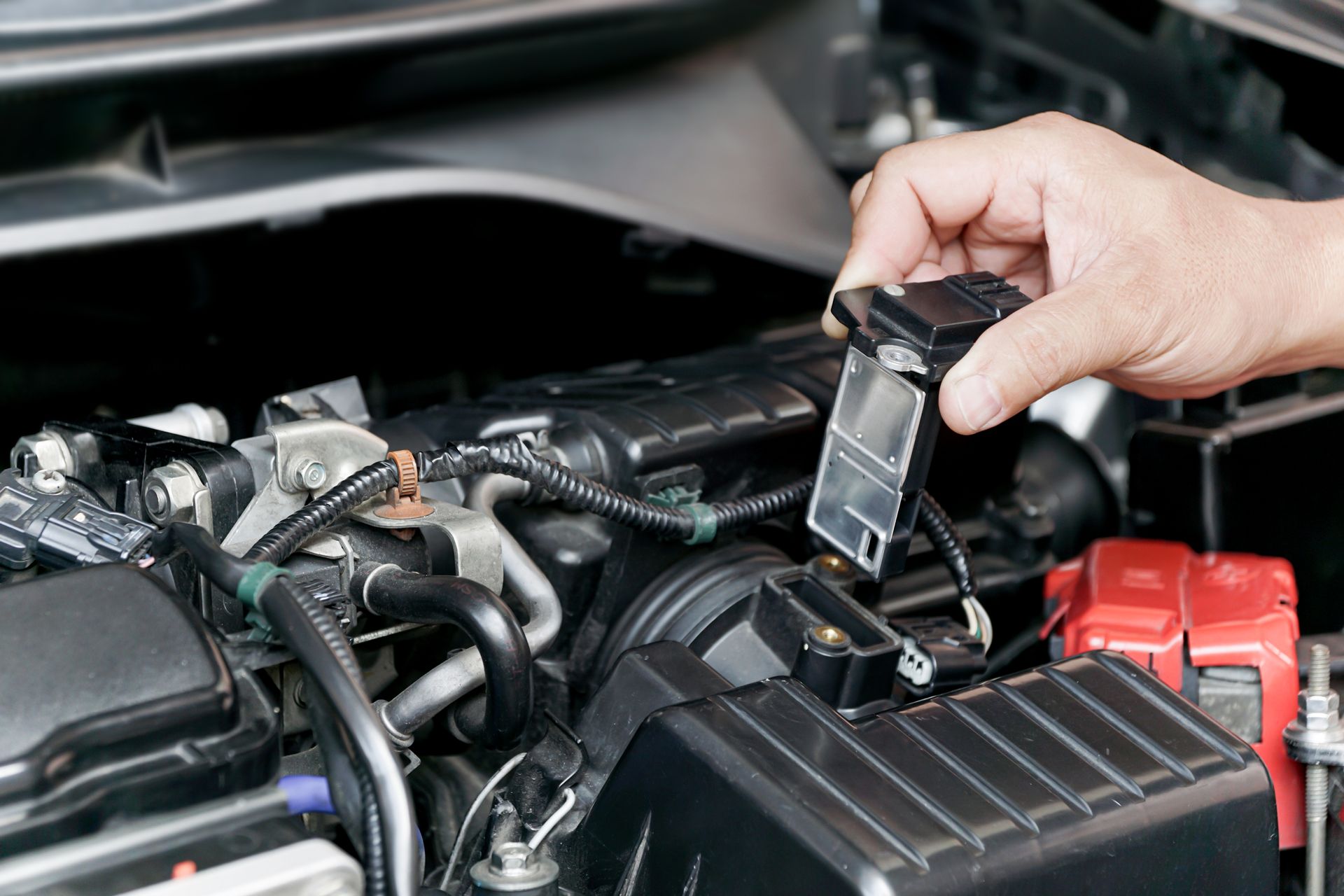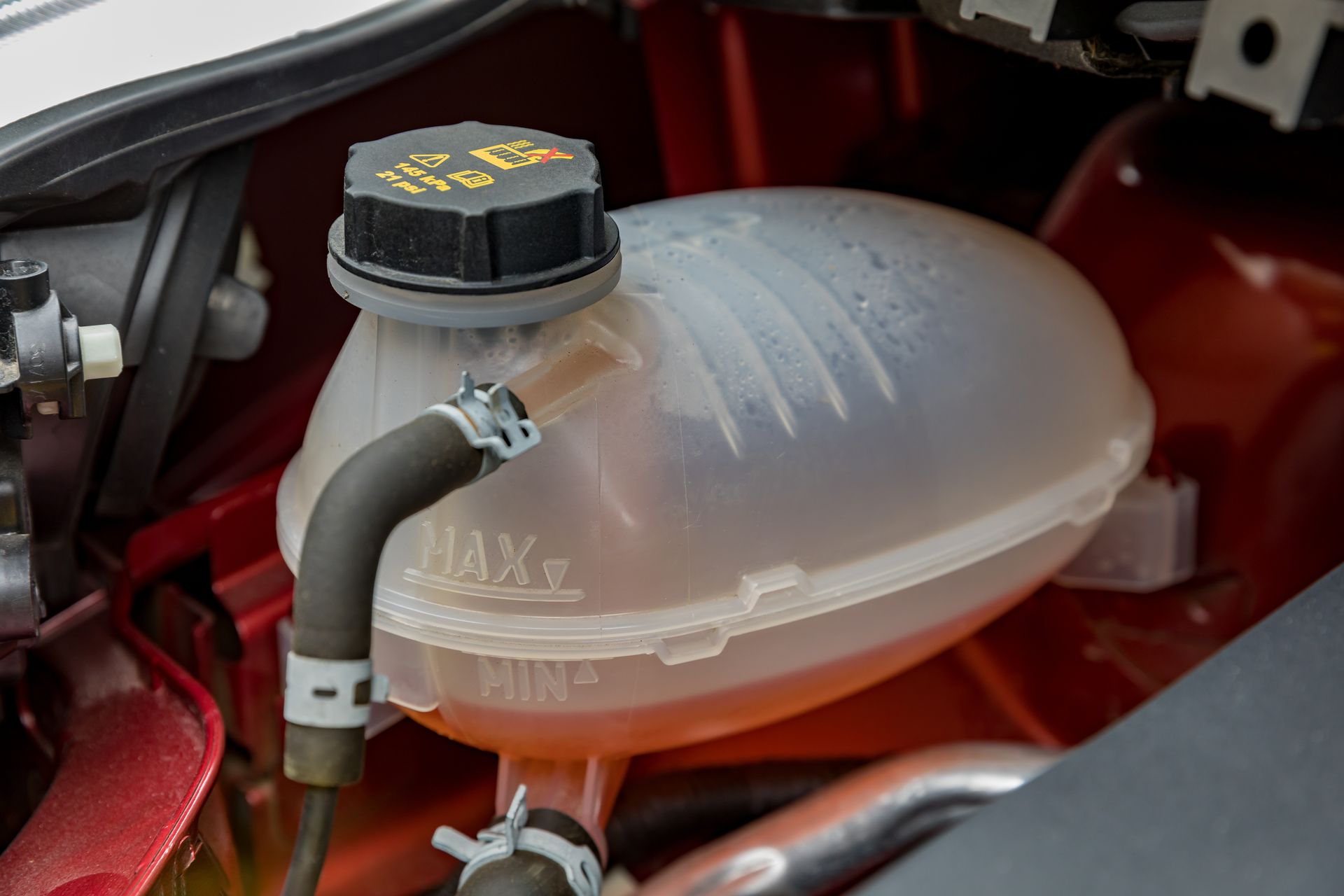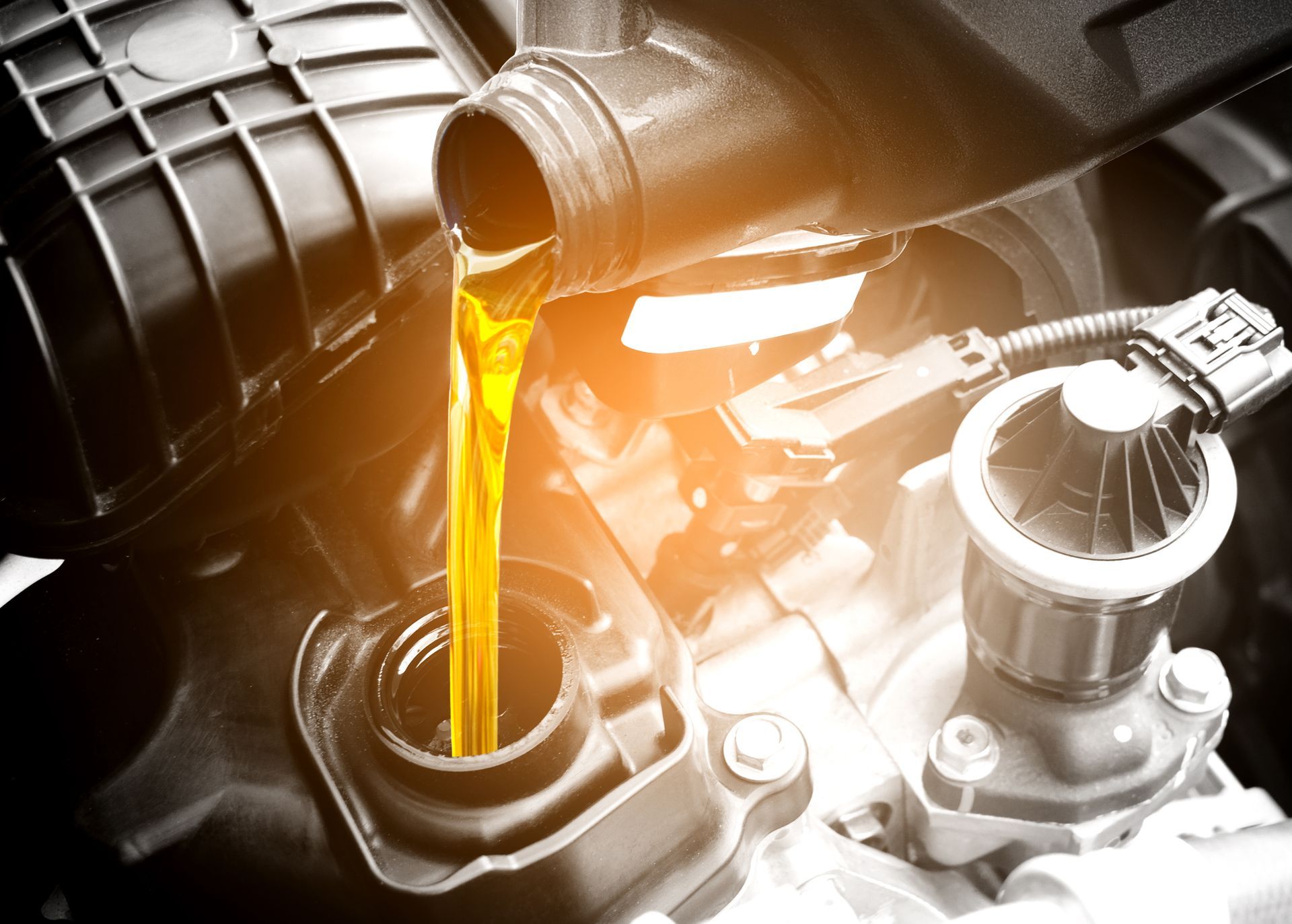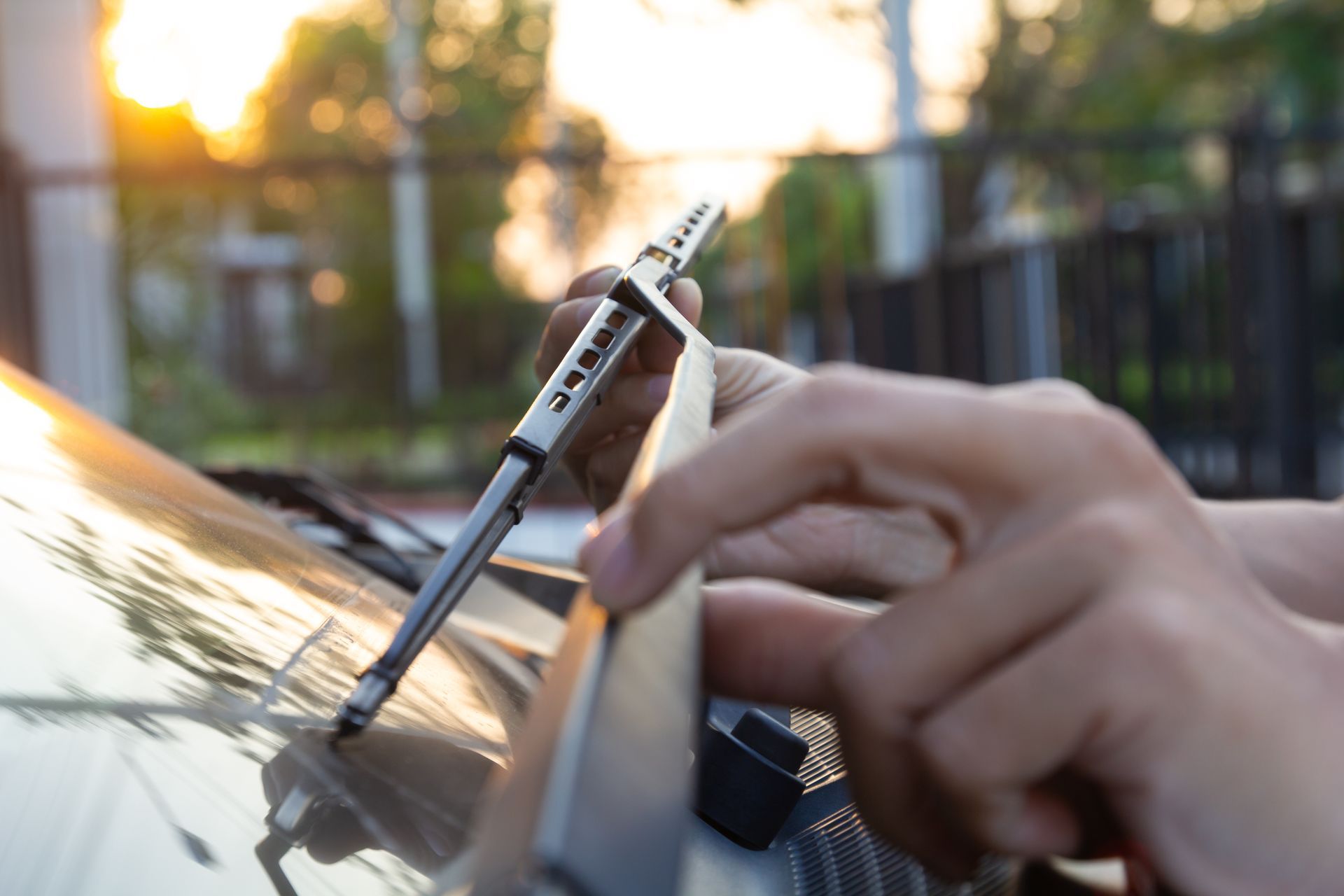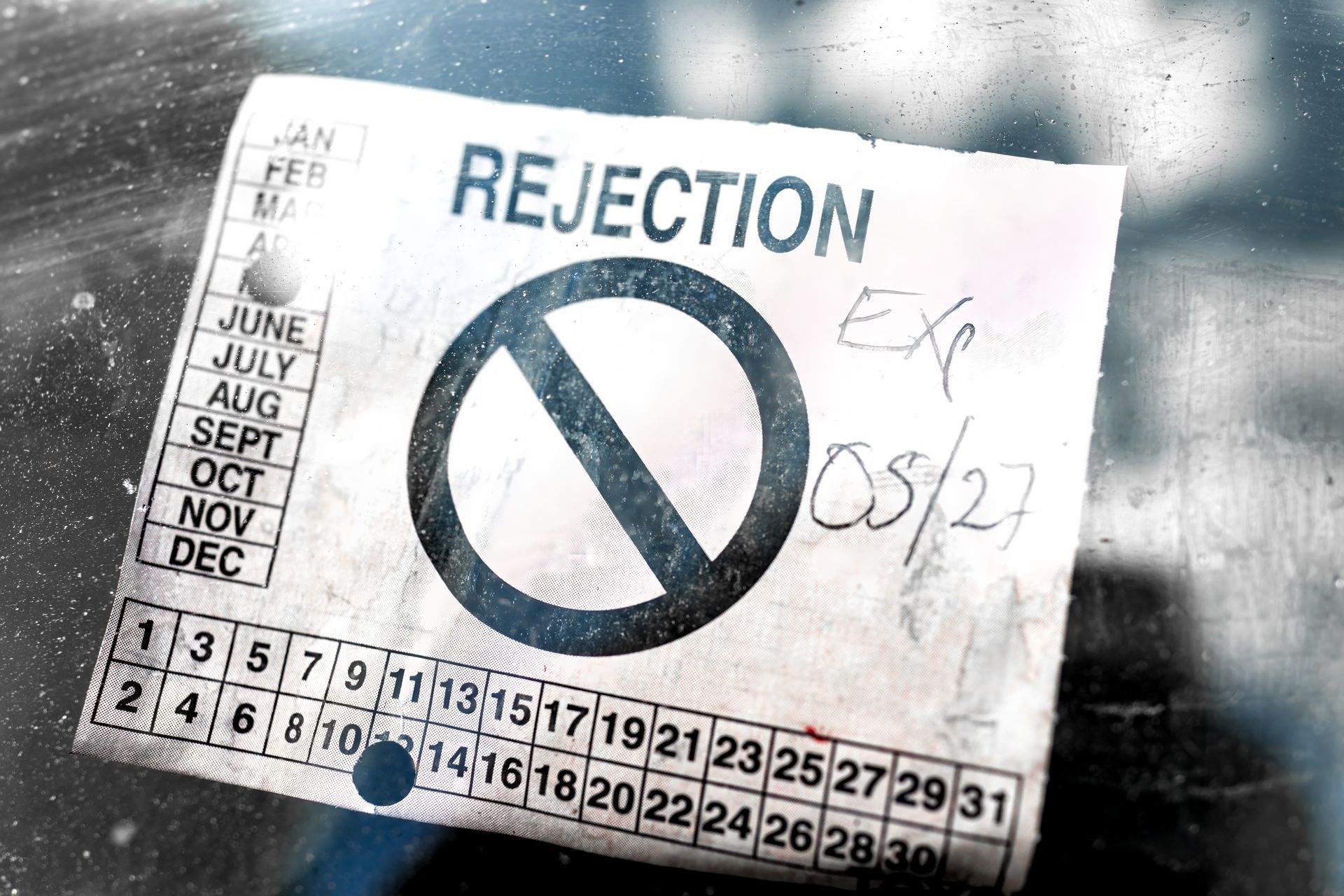There’s nothing more stressful than watching your temperature gauge creep into the red while you're stuck in bumper-to-bumper traffic. Overheating can strike even the most well-maintained cars, especially during the summer months or in heavy stop-and-go conditions. If your car starts to overheat, it’s crucial to stay calm and act quickly to prevent long-term engine damage.
Understanding what to do at the moment and what causes overheating in the first place will help you handle the situation confidently and avoid expensive repairs.
What Are the Signs That Your Car Is Overheating
Your car won’t always immediately show dramatic signs of overheating. Instead, you may notice a few subtle (or not-so-subtle) symptoms:
- The temperature gauge suddenly climbs toward the red zone
- Steam or smoke begins rising from under the hood
- A warning light appears on your dashboard
- A sweet, syrupy smell, which usually indicates leaking coolant
- Reduced engine power or performance
If you experience any of these signs, it’s important to take action right away. Continuing to drive with an overheating engine can result in warped cylinder heads, blown gaskets, or even total engine failure.
What Should You Do If Your Car Starts to Overheat
- The first step is always to stay calm and avoid panicking. Once you recognize the signs of overheating, follow these steps:
- Turn off the A/C immediately. The air conditioning puts additional strain on the engine. Shutting it off helps reduce the heat load.
- Turn on the heater. This may sound counterintuitive, but the heater pulls hot air away from the engine and blows it into the cabin. It’s one of the fastest ways to help cool the engine down.
- Pull over safely. If the temperature keeps climbing or steam is coming from the hood, pull over as soon as it’s safe to do so. Put the car in park, shut off the engine, and pop the hood to allow heat to escape more quickly.
- Wait for the engine to cool. Do not attempt to open the radiator cap while the engine is still hot. It can spray boiling coolant and cause serious burns. Wait at least 15 to 30 minutes before touching anything under the hood.
Common Causes of Overheating in Traffic
Traffic is especially hard on your engine’s cooling system. When you're moving slowly or idling for long periods, there's less airflow over the radiator, which means the system has to rely more heavily on electric fans and coolant circulation.
Some of the most common causes of overheating include:
- Low coolant level: If there's not enough coolant in the system, heat won’t be carried away from the engine properly.
- Coolant leaks: A leaking radiator, hose, or water pump can allow coolant to escape, eventually causing overheating.
- Malfunctioning radiator fan: Electric fans should kick in when your car is stationary or moving slowly. If they fail, the radiator can’t shed heat efficiently.
- Clogged radiator: Dirt, debris, or scale buildup inside the radiator can block coolant flow and reduce its effectiveness.
- Thermostat failure: A stuck thermostat can prevent coolant from circulating through the engine and radiator.
- Broken water pump: The water pump is responsible for moving coolant through the engine. If it fails, overheating is inevitable.
Can You Prevent Overheating
Absolutely. Preventive maintenance is key to avoiding overheating situations, especially if you spend a lot of time in traffic or drive in hot conditions. Some tips include:
- Have your coolant checked and replaced according to your vehicle’s recommended schedule.
- Inspect hoses and radiator connections regularly for cracks or leaks.
- Make sure your radiator fans are working properly.
- Keep an eye on your temperature gauge, especially during long drives or hot weather.
- Schedule routine inspections before summer road trips or after a winter season.
If your car has overheated once, it’s important to find the root cause rather than simply topping off the coolant and moving on. Recurring overheating can cause long-term engine damage that may not be immediately apparent.
Trust WNY One Stop Automotive in Tonawanda, NY, for Reliable Cooling System Repair
If you’ve recently dealt with overheating or suspect your cooling system isn’t performing at its best, our team can help. We’ll inspect your radiator, coolant levels, fans, thermostat, and more to make sure everything is working as it should. Don’t wait until you’re stranded on the side of the road.
Call
WNY One Stop Automotive in Tonawanda, NY, today to schedule your cooling system inspection. Stay ahead of overheating and drive with confidence this summer.

